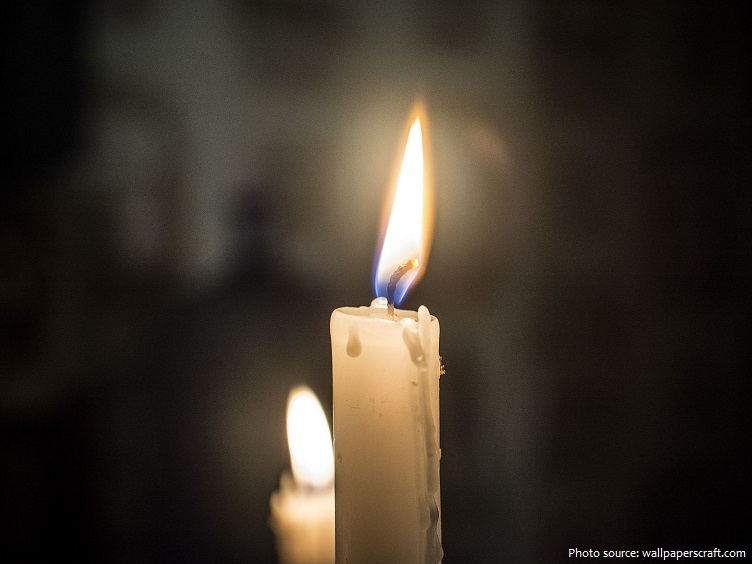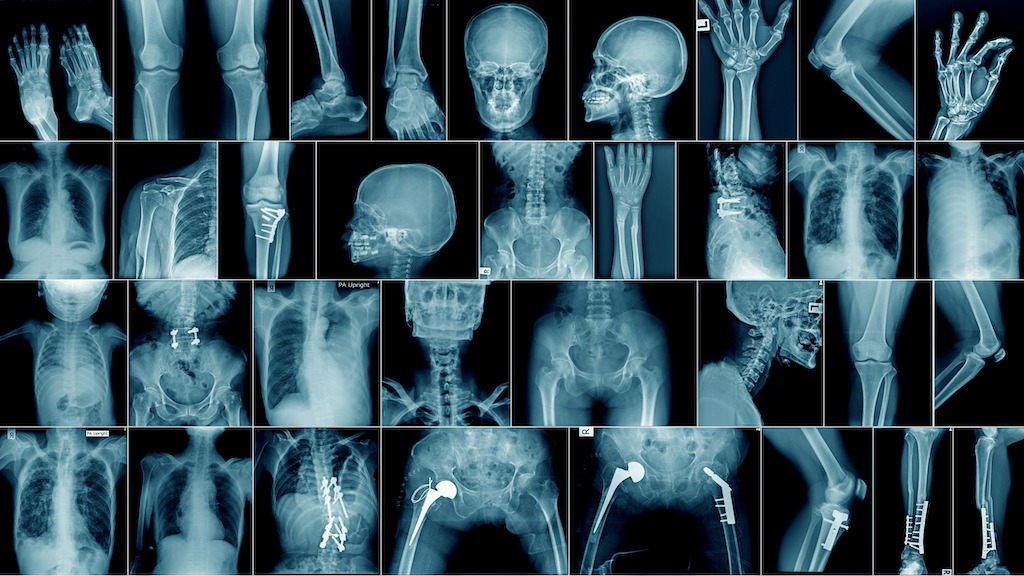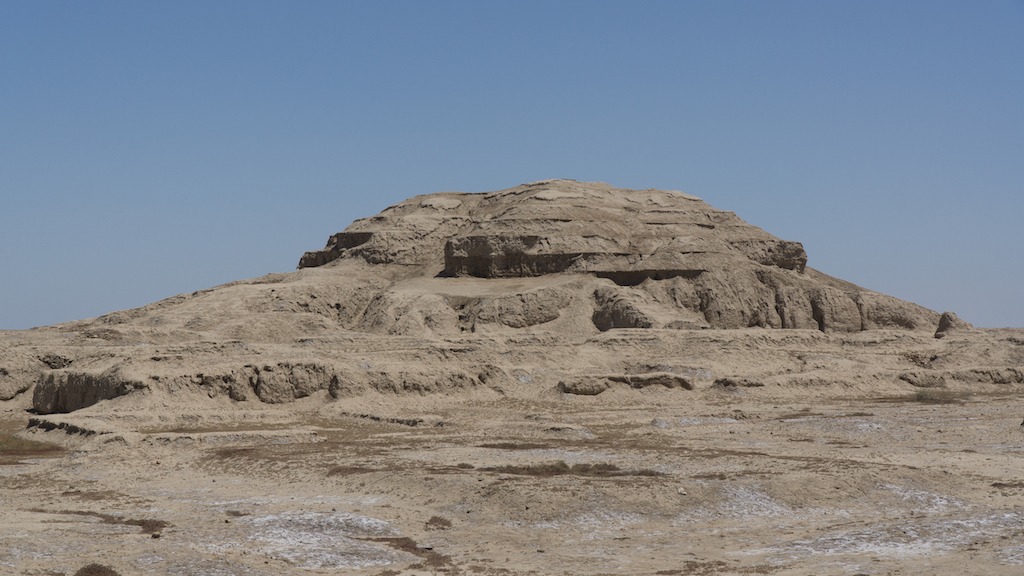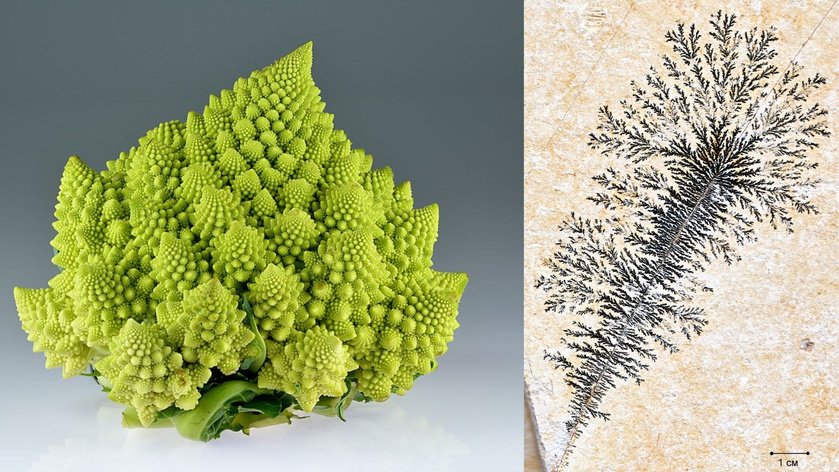Had lit a few candles last night it was very nice, but made me wonder about candles. Thus looking it up let me to this little gem from Interesting facts:
"A candle is an ignitable wick embedded in wax, or another flammable solid substance such as tallow, that provides light, and in some cases, a fragrance.
Candles were among the earliest inventions of the ancient world, as shown by candlesticks from Egypt and Crete dating to at least 3000 BC.
Candles have also been used for religious purposes. The Bible, for instance, makes numerous references to the use of candles, including the story of King Solomon who, after building the Temple, used ten candle-sticks to light the north and south ends of the structure.
It is also known that candles played an important role in early religious ceremonies. Hanukkah, the Jewish Festival of Lights which centers on the lighting of candles, dates back to 165 BC. There are several Biblical references to candles, and the Emperor Constantine is reported to have called for the use of candles during an Easter service in the 4th century.
Romans began making dipped candles from tallow, beginning around 500 BC.
There is a fish called the eulachon or “candlefish”, a type of smelt which is found from Oregon to Alaska. During the 1st century AD, indigenous people from this region used oil from this fish for illumination. A simple candle could be made by putting the dried fish on a forked stick and then lighting it.
By the European Middle Ages tallow candles were in wide use: in a Paris tax list of 1292, 71 chandlers, or candlemakers, are named.
By the 18th century, candle clocks were being made with weights set into the sides of the candle. As the candle melted, the weights fell off and made a noise as they fell into a bowl.
In the 18th and 19th centuries, spermaceti, a waxy substance produced by the sperm whale, was used to produce a superior candle that burned longer, brighter and gave off no offensive smell.
In the 19th century a French chemist, Michel-Eugène Chevreul, separated the fatty acid from the glycerin of fat to produce stearic acid, from which superior candles could be made. New processes for producing candle stock appeared in rapid succession.
The manufacture of candles became an industrialized mass market in the mid 19th century. In 1834, Joseph Morgan, a pewterer from Manchester, England, patented a machine that revolutionised candle making. It allowed for continuous production of molded candles by using a cylinder with a moveable piston to eject candles as they solidified. This more efficient mechanized production produced about 1,500 candles per hour.
The Standard, or International, Candle is a measurement of light source intensity. It was originally defined as a one-sixth-pound candle of sperm wax, burning at the rate of 120 grains per hour. This intensity of light was standardized in 1921 in terms of incandescent lamps, and candles are no longer used for reference.
Modern candles are produced in a wide variety of colours, shapes, and sizes. Beeswax and bayberry wax are occasionally employed as additives, and some candles are scented. Candlemaking has become a popular hobby.
In America, Syracuse, New York developed into a global center for candle manufacturing from the mid-nineteenth century. Manufacturers included Will & Baumer, Mack Miller, Muench Kruezer, and Cathedral Candle Company.
Despite advances in candle making, the candle industry declined rapidly upon the introduction of superior methods of lighting, including kerosene and lamps and the 1879 invention of the incandescent light bulb and in the 2000s with faux candles and lanterns using LEDs.
From this point on, candles came to be marketed as more of a decorative item. Candles became available in a broad array of sizes, shapes and colors, and consumer interest in scented candles began to grow. During the 1990s, new types of candle waxes were being developed due to an unusually high demand for candles. Paraffin, a by-product of oil, was quickly replaced by new waxes and wax blends due to rising costs.
The word “candle” comes from Middle English candel, from Old English and from Anglo-Norman candele, both from Latin candēla, from candēre, to shine.
The birthday cake is often decorated with small candles, secured with special holders or simply pressed down into the cake. According to some sources putting candles on cake was a Greek innovation. In Ancient Greece, worshippers brought moon-shaped cakes to the temple of Artemis, the goddess of the moon and the hunt. The cakes were decorated with lit candles in order to make them glow like the moon. According to other sources the tradition of adding candles to the top of a birthday cake comes from Germany. In 18th century Germany, the history of candles on cakes can be traced back to Kinderfest, a birthday celebration for children.
In the days leading to Christmas, some people burn a candle a set amount to represent each day, as marked on the candle. The type of candle used in this way is called the Advent candle, although this term is also used to refer to a candle that decorates an Advent wreath.
The first American colonists discovered that bayberries could be used to make candles, but the yield was very poor. Fifteen pounds of boiled bayberries would provide only one pound of wax.
The oldest candle manufacturers still in existence are Rathbornes Candles, founded in Dublin in 1488.
A candle 24.38 meters (80 ft) high and 2.59 meters (8ft 6in) in diameter, was exhibited at the 1897 Stockholm Exhibition by the firm of Lindahls. The overall height including its brick base was 38.7 meters (127 ft).
The most candles lit simultaneously at a single venue is 12,135 and was achieved by Art of Living Foundation (India) in Ahmedabad, India, on 13 November 2012."
Reference: http://justfunfacts.com/interesting-facts-about-candles/

I have lost a lot of faith with the Medical Community and the Governments over the last several years, but there are a few good things that can raise above the corruption and the pushing of drugs a new approach to heal people. The following is from www.gaia.com and written by Hunter Parsons that does not involve any drug or pushing an ineffective so called vaccine that the drug company is not held accountable in any way but they use sound! The use of sound can regrow bone tissue! Here is the story:
"The future of regenerative medicine could be found within sound healing by regrowing bone cells with sound waves.
The use of sound as a healing modality has an ancient tradition all over the world. The ancient Greeks used sound to cure mental disorders; Australian Aborigines reportedly use the didgeridoo to heal; and Tibetan or Himalayan singing bowls were, and still are, used for spiritual healing ceremonies.
Recently, a study showed an hour-long sound bowl meditation reduced anger, fatigue, anxiety, and ...
Not a fan of a Defense Agency studying Anti-Gravity and other Exotic Tech, but if the commercial world and make this technology cheap that will change our world yet again. The following is about three minute read and from www.gaia.com. The below was written by Hunter Parsons:
"Wormholes, invisibility cloaks, and anti-gravity — it’s not science fiction, it’s just some of the exotic things the U.S. government has been researching.
A massive document dump by the Defense Intelligence Agency shows some of the wild research projects the United States government was, at least, funding through the Advanced Aerospace Threat Identification Program known as AATIP.
And another lesser-known entity called the Advanced Aerospace Weapons System Application Program or AAWSAP
The Defense Intelligence Agency has recently released a large number of documents to different news outlets and individuals who have filed Freedom of Information Act requests.
Of particular interest are some 1,600 pages released to Vice News, which ...
As our technology gets better we are discovering more about the history of mankind and pushing the timeline back further and further. The following article is from www.gaia.com and written by Michael Chary that discusses this new find that changes the historical timeline:
"Over the past decade, there have been a number of archeological revelations pushing back the timeline of human evolution and our ancient ancestors’ various diasporas. Initially, these discoveries elicit some resistance as archeologists bemoan the daunting prospect of rewriting the history books, though once enough evidence is presented to established institutions, a new chronology becomes accepted.
But this really only pertains to the era of human development that predates civilization — the epochs of our past in which we were merely hunter-gatherers and nomads roaming the savannahs. Try challenging the consensus timeline of human civilization and it’s likely you’ll be met with derision and rigidity.
Conversely, someone of an alternative...
Not sure if you have heard of a show on YouTube called "The Why Files". If not you should check it out it is interesting and has some humor with it on different subjects. Last weeks was on a different theory how the Universe works and how main stream Science is attempting to shut it down like is always seems to do if it goes aguest some special interest. Today it is akin to what happened to those who questioned the Earth was the Center of the Universe that main stream so called Science all believed during the Renaissance period, They called any theory that the Earth was not the Center of the Universe misinformation. Does this sound familiar today? People laughed and mocked people like Leonardo da Vinci, Nicolaus Copernicus, Georg Purbach as crack-pots, conspiracy theorists, nut-jobs and they were suppressed and even imprisoned for their radical thoughts and observations. Again it sounds like today in so many ways. In any event this is a good one to ponder and see even if a bad idea ...
Seemingly chaotic systems like the weather and the financial markets are governed by the laws of chaos theory.
We all have heard about chaos theory, but if you have not or have forgotten what chaos theory is well here you go from interestingengineering.com:
"Chaos theory deals with dynamic systems, which are highly sensitive to initial conditions, making it almost impossible to track the resulting unpredictable behavior. Chaos theory seeks to find patterns in systems that appear random, such as weather, fluid turbulence, and the stock market.
Since the smallest of changes can lead to vastly different outcomes, the long-term behavior of chaotic systems is difficult to predict despite their inherently deterministic nature.
As Edward Lorenz, who first proposed what became commonly known as the Butterfly Effect, eloquently said, "Chaos: When the present determines the future, but the approximate present does not approximately determine the future.""
You may have heard the term about chaos theory as a butterfly flaps its wings in Brazil,...
I for one have lost trust in Medical Doctors due to COVID and reflection that they seem to push pills for everything and untested so called vaccines that is using a unproven technology because the Government and the Medical Boards of the State told them to. There are a very few exceptions. Thus they do not address the key problem just prescribe more and more pills to keep you alive an sick longer for them and Big Phama to profit from you. Will AI do any better? Well that depends on what was used for the training of AI. If it also pushes pills and vaccines without question then you have the same problems noted above. However, if the AI Training includes all possible forms of treatment and they zero in on the right issues for the true problem then there is possibilities they would be way better than most of the current Medical Doctors today.
The following is from an article from interestingengineering.com and written by Paul Ratner:
"A new study looks at how accurately AI can diagnose patients. We interview the researcher, who weighs in on AI's role ...






















